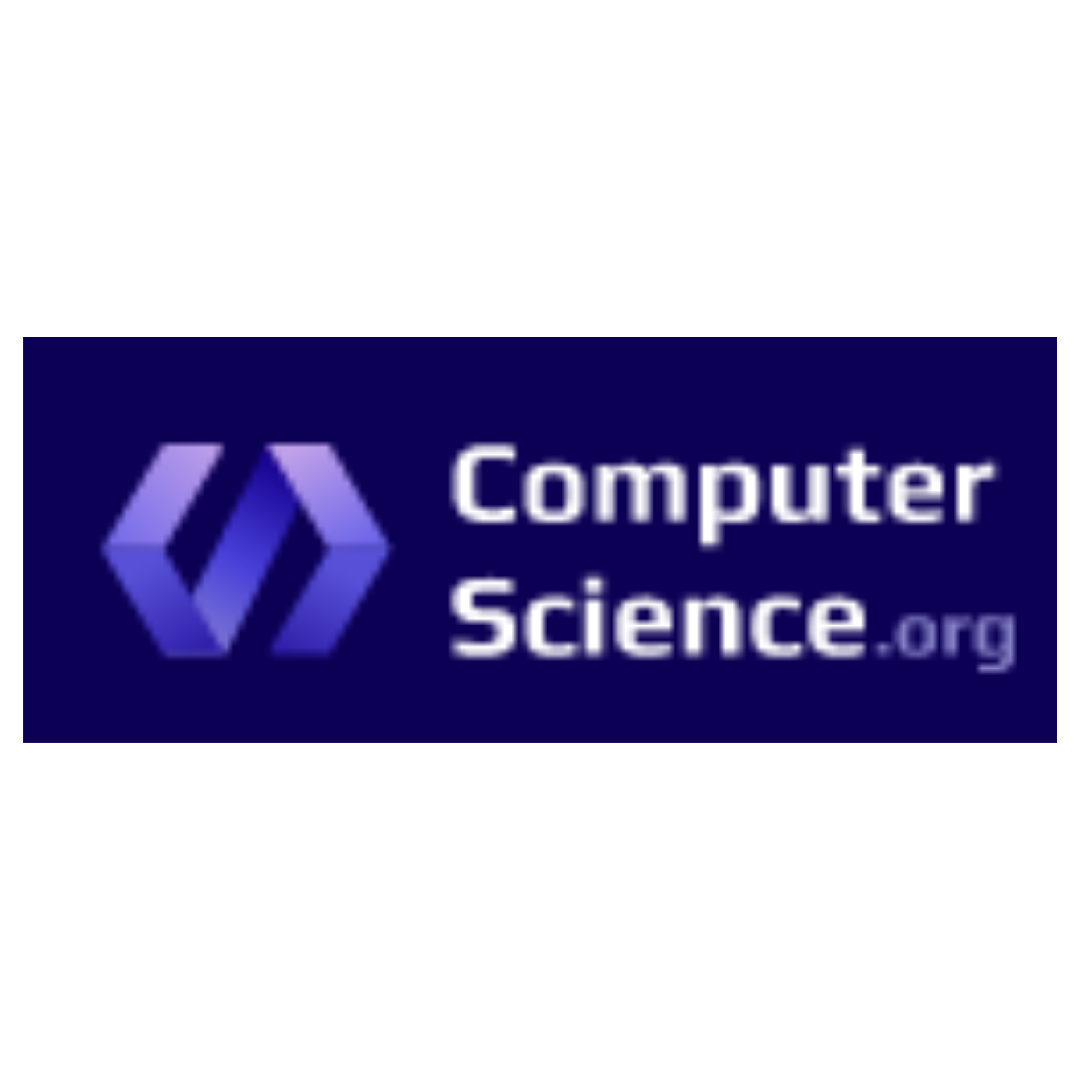STEM Resources
Click on a logo below to go to the website.
Technovation has lots of STEM resources for educators, including the Curiosity Machine.
More STEM Resources for Afterschool Professionals:
Teach Preschool Science:
This FREE Science Discovery Curriculum for Early Childhood features 75 core science-related learning experiences, with coordinating lesson plans, relevant connections to other curriculum areas, related children’s and teacher’s books, websites, resources for supplies and equipment, and hundreds of activities, ideas, and successful ways to explore science with young children.
Grade Range: PK
Cost: Free!
Click on https://www.teachpreschoolscience.com/ to learn more about this resource!
FS Nature Live:
An extensive collection of educational resources takes learning outside including webcasts, webinars, lesson plans, topic videos, and classroom activities. On-site learning topics include climate change, monarch butterflies, bats, rainforest ecology, and migration science. By visiting the FS Nature Live, including the USDA Forest Service, Prince William Network, and other partners, brings distance learning adventure program websites to students.
Grade Range: K-12
Cost: Minimal, low-cost materials are found at home, school, or library. Prep work will allow for enough time to gather items.
Inventionland Institute Curriculum:
Inventionland Curriculum is a hands-on curriculum that teaches students a design process through real-world inventing, idea development, innovation, and entrepreneurship. Think SHARK TANK for afterschool students!
Grade Range: K-12
Cost: The cost for the curriculum is based on a yearly subscription model and the cost of the training is priced according to the number of adults trained. Email Nichelle Shaskus for detailed information based on your specific needs.
Website: https://inventionlandinstitute.com/
NASA Out of School Learning Network (NOSL):
Ohio’s own NASA John Glenn Research Center in Cleveland is one of three NASA sites to co-create amazing STEM resources for out of school professionals. NOSL resources include everything a teacher or afterschool professional needs to know to conduct some terrific STEM learning. While the lessons are targeted for out of school time, regular classroom teachers will love them, too.
Grade Range: Grades 3-12
Cost: There is no cost to access the curriculum and resources. The only cost involved are the supplies to do the design challenges, but these costs are minimal and usually include supplies that you might already have on hand.
Website: https://www.nasa.gov/education/nosl/about/index.html
Dayton Regional STEM Center:
This website has curriculum, design framework, fellowship opportunities, and best practice stories for inspiration. They also host STEM Saturdays, which might be of interest to someone wanting ideas for afterschool curriculum or to make connections.
Grade Range: Grades 3-12
Cost: Varies – check out their website for specifics
Website: http://daytonregionalstemcenter.org/
National Geographic Explorer Classroom:
Explorer Classroom connects student groups around the world with National Geographic Explorers, bringing science, exploration, and conservation to life through live video events. Students learn about the Explorer’s work and have the opportunity to ask them questions directly.
Most Explorer Classroom sessions are designed for middle school students and all of the work is appropriate for elementary through high school audiences to participate in. Explorer Classroom sessions are live events hosted on YouTube. They are open to the public and recorded.
National Geographic also has a free newsletter.
Grade Range: Grades 6-12
Cost: None
Website: https://www.nationalgeographic.org/education/student-experiences/explorer-classroom/
Grow Next Gen (Science and Agriculture):
Explore, download, and share these proven real-world educational tools and resources to help you bring science and agriculture to life in your classroom. Relevant and engaging, you’ll find GrowNextGen curriculum a useful addition to your lesson plans.
Grade Range: K-12
Cost: Varies
Website: https://grownextgen.org/curriculum
Smithsonian Learning Lab:
The Lab is a free and interactive platform for discovering millions of authentic digital resources, creating content with online tools, and sharing in the Smithsonian’s expansive community of knowledge and learning.
Grade Range: PK-12
Cost: None
Flinn Scientific:
Flinn offers a number of free online teaching resources, most in PDF or video format, with teaching tips, easy classroom demos, and lab exploration ideas. Topics include Biology, Chemistry, Physics, Forensic Science, Earth and Environmental, Lab Techniques, Lab Safety, and more. While some require Flinn equipment, many do not. Often their short introductory demos can begin a classroom discussion, encourage questions, and lead to more in-depth investigations for students.
Grade Range: K-12
Cost: Online resources are free. Most require some basic supplies, but many are easily obtainable and inexpensive.
Website: https://www.flinnstem.com/
Math Science Music:
All too often people ask where the arts fit into STEM. Educators want concrete evidence of arts integration. Math Science Music is a free toolkit for teachers, bringing together the best resources in math, science, and music.
Grade Range: Grades K-12
Cost: Free
Website: https://mathsciencemusic.org/
Code with Google:
Computer science opens up possibilities for every student. CS First is a free computer science curriculum that anyone can teach. Designed for students ages 9-14 of all interests and experience levels, students learn collaboration and core computer science concepts as they create their own projects. Educators lead the way with easy-to-use lesson plans, tutorials, activities, and resources. The step-by-step videos allow all students to experience success. Also, teachers don’t need to be proficient in coding to start using the platform.
Math Science Music:
All too often people ask where the arts fit into STEM. Educators want concrete evidence of arts integration. Math Science Music is a free toolkit for teachers, bringing together the best resources in math, science, and music.
Grade Range: Grades K-12
Cost: Free
Website: https://mathsciencemusic.org/
United States Mint Lesson Plans:
The United States Mint offers free, complete lesson plans for grades K-12. Use coins as a jumping-off point to teach science, social studies, math, and more.
Grade Range: Grades K-12
Cost: Free










